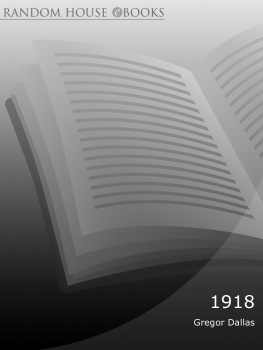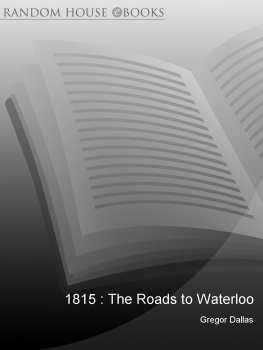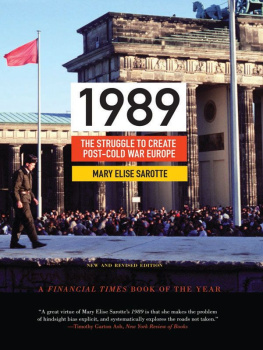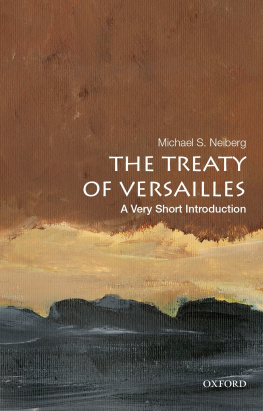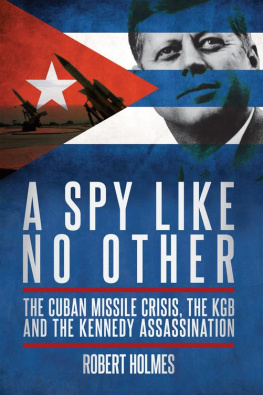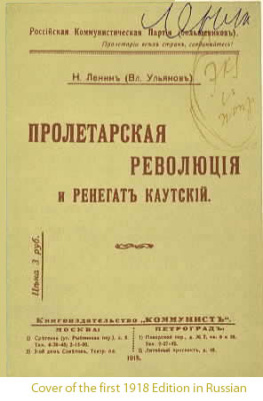Contents
About the Book
On the night of 7 November 1918 French troops at La Capelle, on the Western Front, noticed a soft halo develop in the fog over no mans land. They heard the rumble of cars, then perceived the vague form of a huge white flag: the Germans were crossing the line to seek peace. But who were these Germans and what exactly did they represent? By the time they had signed an armistice, four days later, not even they knew. The Kaisers Reich had collapsed and Germany faced chaos, while the war in Eastern Europe continued. This book traces the transition from war to peace across Europe. It follows the movement of armies over the northern plains, their collapse, their demoblization, and the effect this had on the material life of people. In Russia there had already been a revolution. In Germany, there were attempts to overthrow the provisional republican government. In Poland new wars broke out. At the same time, there was celebration in the West at the announcement of the Armistice. And the United States entered European politics with a new part to play. Dallas follows these dramatic events from the perspective of five capitals: Berlin, Paris, London, Moscow and Washington. In Berlin the cabarets and beer halls are open, while there is shooting in the streets. In the walled city of Paris, the peacemakers assemble to respond to the call for a League of Nations. Pantomime season opens in London, where Lloyd George holds elections and reorganizes his War Cabinet; John Maynard Keynes of the Treasury worries about debts. Contemporaries describe Moscow as a scene of desolation; but Lenin insists on setting up the Third International. Washington is divided between those who want to open America to the world, and those who would prefer the world to go away. The start of peace is more complex and fascinating than the start of war; it sets the habits and builds the patterns of life for generations to come. This book weaves politics, ideas, social life, fears, aspirations and harsh realities into a seamless reconstruction of life experienced at a great turning-point of history.
About the Author
Gregor Dallas knows something about frontiers. He is British, was born in London, received his university education in America (Berkeley and Rutgers), and now lives in France. He enjoys writing about both the famous and the unknown, and likes to put historical events in their physical place. His last book, 1815, also published by Pimlico, was on the establishment of peace in Europe at the end of the Napoleonic Wars. He is currently writing 1945, covering the peace at the end of the Second World War.
List of Illustrations
Aerial view of attack at Vermandovillers
Communications trench in the Aisne
Digging in on the side of a road
Rifle pits outside Villers-Bretonneux
The leaning virgin at Albert
The basilica at Albert
German prisoners of war, August 1918
British troops on banks of the Saint-Quentin Canal, October 1918
British enter Cambrai, October 1918
German Army tourer crosses the line
Fort de Compigne on 10 November 1918
Allied delegation after Armistice signature, 11 November
Armistice Day in Paris
Armistice Day in London
Armistice Day in Berlin
The Kaiser at Spa
The Kaiser, at Rijsden, leaves for exile
Retreating German troops at Lige
Retreating German troops at Cologne
Germans retreating across Hohenzollern Bridge, Cologne
British advancing across Hohenzollern Bridge
Americans entering Trier
German U-boats at Kiel
Returning troops advance through Brandenburg Gate
Ebert hails the troops
Massacre at Wesenburg
A Free Corps flag
General Georg von Maercker
Woodrow Wilson at Brest
Allied leaders at 10 Downing Street
John Maynard Keynes
Herbert Hoover
Dr Carl Melchior
Luis Klotz
Edvard Munchs Walther Rathenau
Count Brockdorff-Rantzau
Cartoon of Matthias Erzberger
Wilsons reception in Dover
Woman voting at British General Election, December 1918
Armistice advertisement for Kenilworth Cigarettes
Sheep grazing in Bois de Boulogne
People picnicking in Bois de Boulogne
Protection for Delacroixs statue, Luxembourg Gardens
Stonebreakers demolishing Paris walls
Flamethrowers in Berlin
Barbed wire entanglements in Berlin
Tank in Berlin
Regime loyal troops firing from behind bales of paper
Ilyinka Street, Moscow, before the war
Kuznetsky Most in the nineteenth century
Moscow women selling their possessions
Moscow citizens clearing rubble
Lon Bourgeois speaking at a plenary session, Paris Peace Conference
The Four
Ignace Paderewski
German delegates receive terms of Versailles Treaty
Hindenburg sinks at Scapa Flow
The Victory Dance
Germans sign Versailles Treaty
German officers demonstrate at Kolberg
The author and publishers would like to thank the following for permission to reproduce illustrations:
Plates 2, 5, 8, 11, 13, 29, 41, 42, 43, 44, BDIC Muse; 18, 19, 20, 23, 24, 25, 26, 27, 28, Deutsche Kriegzeitung; 31, Mary Evans Picture Library; 51, Hoover Institution of War, Revolution and Peace, Stanford, California; 39, Hulton Getty; 10, 30, 33, 36, 40, 45, 48, 53, 57, 60, Illustrated London News; 1, 3, 4, 6, 7, 9, 12, 15, 16, 17, 21, 22, 46, 47, 54, 55, 56, 59, Illustration; 35, Harry Kessler, Walther Rathenau (New York: Howard Fertig, 1969); 52, David King Collection; 37, 58, Kladderadatsch; 32, PA Photos; 14, Popperfoto; 38, US Army Signal Corps; 34, Woodrow Wilson Papers (Princeton University Press); 49, 50, Mikhail Zolotarev Collection.
Maps
Europe before 1914
Europe after 1918
The Western Front
Polish borders and Russia, 1919
Chronology
Next page
